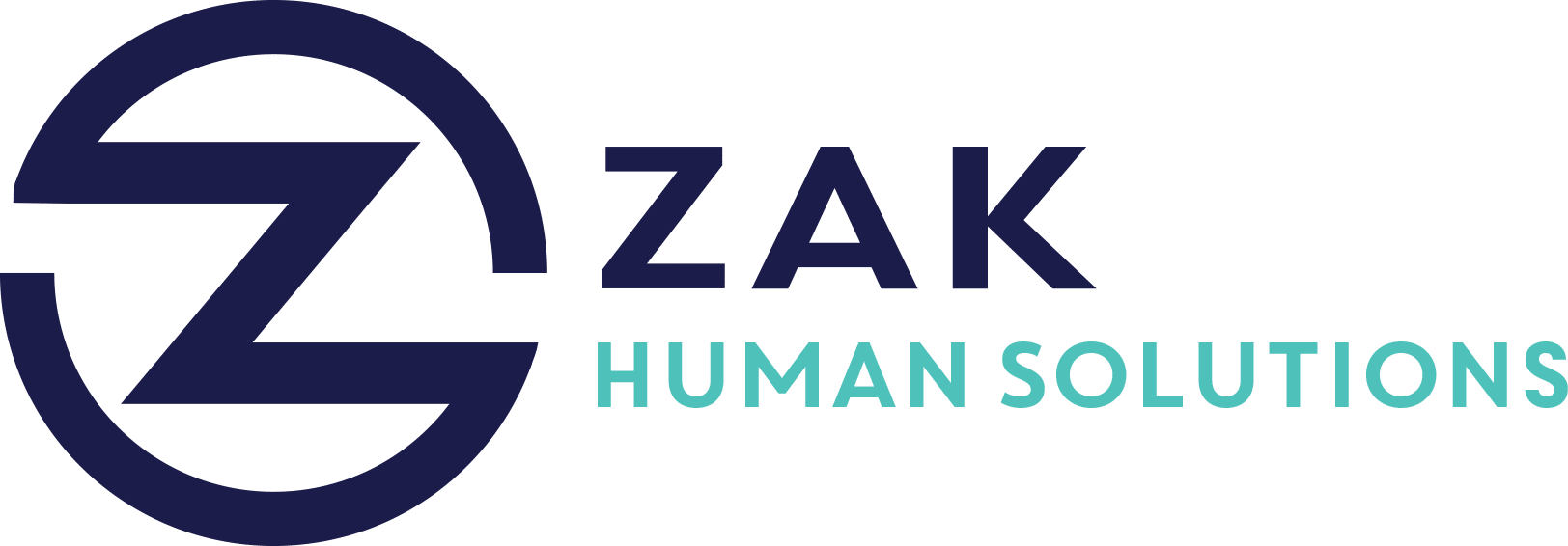Key Takeaways
- Employers believe their benefits are modern, but only 59% of employees agree, highlighting a significant disconnect.
- Major employee concerns include saving for retirement, high cost of living, and paycheck-to-paycheck survival.
- 70% of employers plan to change benefits offerings within two years, with some planning major overhauls.
- Employers aim to improve employee well-being and retention through reassessment of benefits.
- Rising living costs strain employees, making comprehensive benefits more critical and desired for financial wellness.
- Michael Estep emphasizes the need for benefits that better align with employees’ actual living and working conditions.
In today’s rapidly changing workplace, the conversation around employee benefits has never been more critical. Despite employers believing their benefits packages are cutting-edge, a recent study reveals a startling disconnect: only 59% of employees agree. This gap highlights the urgent need for employers to reassess and tailor their offerings to better meet the needs of their workforce. In this blog post, we’ll explore the evolving landscape of employee benefits, major employee concerns, and strategies employers can implement to ensure their benefits align with employee expectations.
Understanding the Disconnect
Employers’ Perspective vs. Employees’ Reality
The disconnect between employers and employees on the perceived modernity of benefits packages is significant. While 86% of employers are confident their benefits meet modern standards, less than two-thirds of employees feel the same. This disparity underscores a fundamental misunderstanding of what employees value and need from their benefits.
Major Employee Concerns
Employees cite several pressing concerns that their benefits should address:
- Saving for Retirement: With financial security post-retirement being a top priority, many employees feel their current benefits fall short.
- Cost of Living: The cost of everyday goods and housing continues to rise, pushing employees to live paycheck to paycheck.
- Job Security: In an uncertain economic environment, employees crave stability and support.
These concerns illustrate the areas where benefit packages often miss the mark and where employees need more substantial support.
The Winds of Change: Employers’ Plans and Challenges
Planning for the Future
Recognizing the disconnect, 70% of employers plan to adjust their benefits packages within the next two years, with some considering significant overhauls. The motivations for these changes are clear:
- Enhancing Employee Well-being: Employers understand that comprehensive benefits are integral to the overall well-being of their employees.
- Strengthening Employee Retention: As competition for top talent intensifies, robust benefits are essential for keeping valued employees.
Challenges in Implementation
Implementing these changes is not without its challenges. The rising costs associated with enhanced benefits, coupled with the need to align these offerings with diverse employee expectations, requires a strategic approach.
Bridging the Gap: Strategies for Employers
For employers aiming to align their benefits with their employees’ needs, several strategies can be implemented:
- Conduct Employee Surveys: Regularly gather feedback directly from employees to understand their needs and priorities.
- Offer Flexible Benefits: One-size-fits-all solutions are no longer sufficient. Flexible options allow employees to tailor benefits to their unique circumstances.
- Invest in Financial Wellness Programs: As living costs rise, programs that support financial literacy and offer direct assistance can greatly aid employees.
- Promote Benefits Education: Ensure employees are fully aware of the benefits available to them, empowering them to make informed choices.
As Michael Estep, president of Prudential Group Insurance, aptly notes, “The workplace is at a tipping point.” Employers stand to gain significantly by modernizing their benefits packages to genuinely reflect the evolving needs and realities of their workforce. By actively engaging with employees and adjusting benefits accordingly, employers can foster a more satisfied, productive, and loyal workforce.




